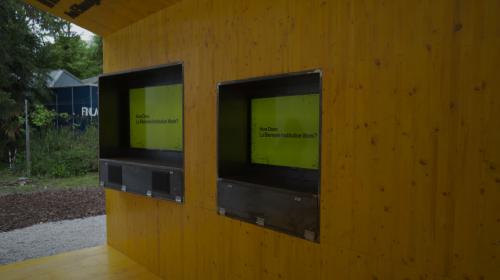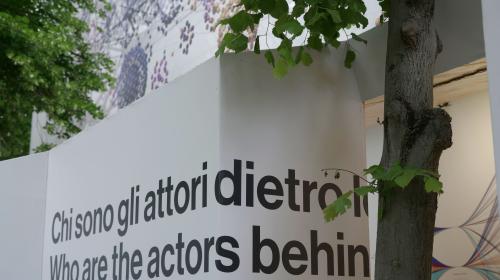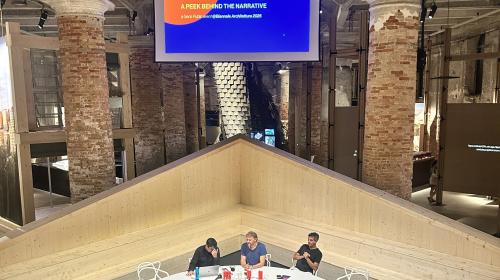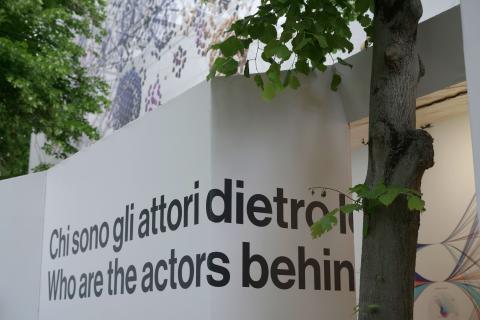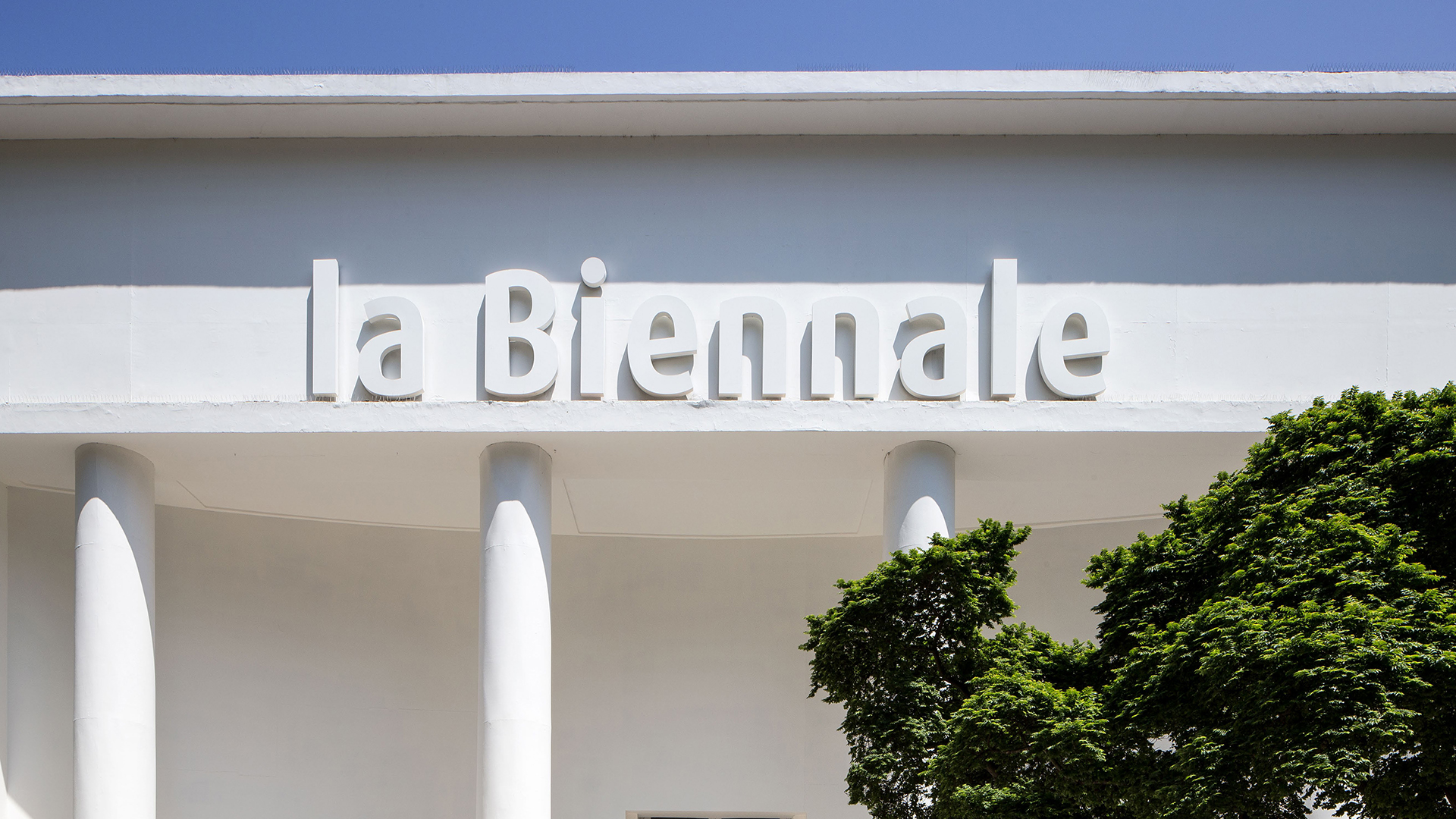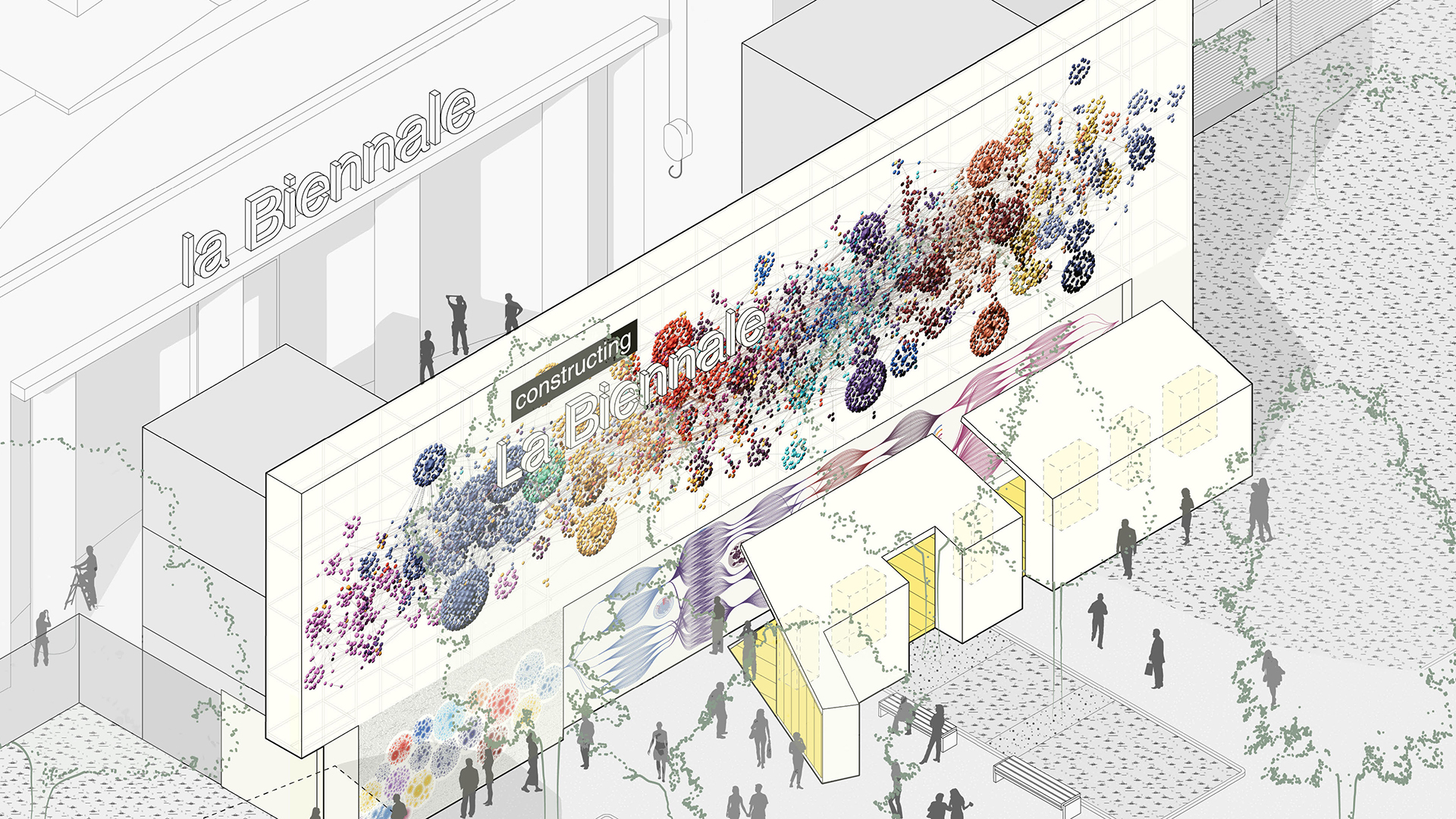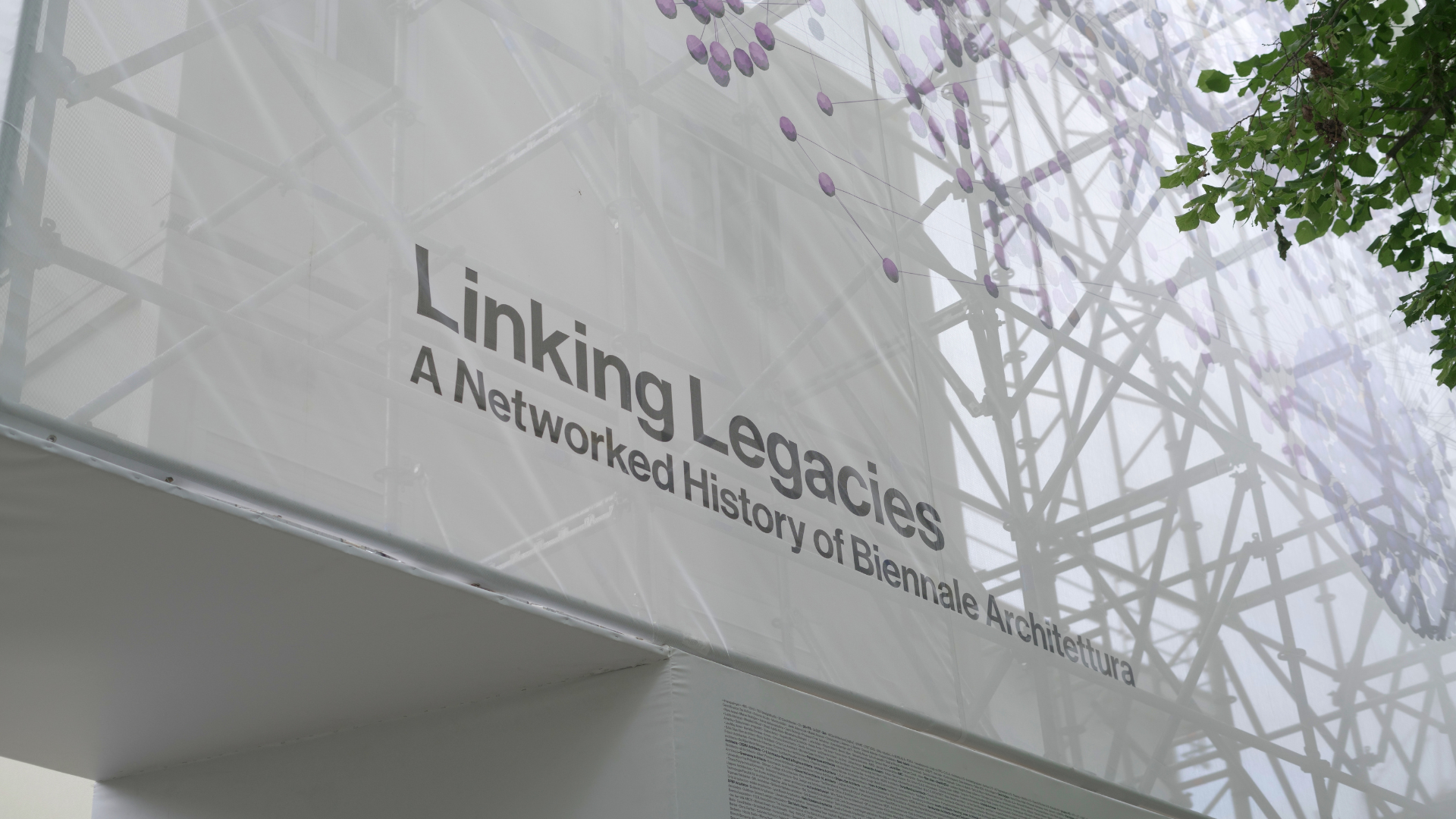
Constructing La Biennale: anatomy of an exhibition
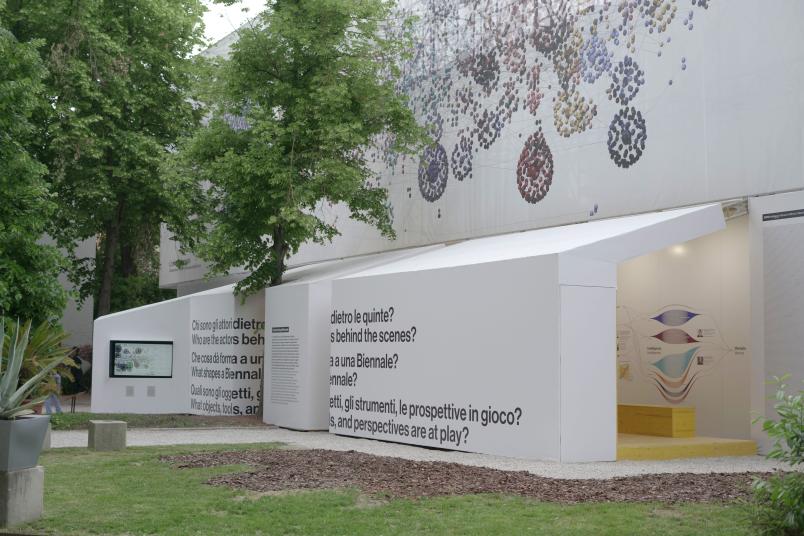
“Build the world intelligently, by listening to the intelligence of the Earth” with these words, Carlo Ratti, Alumnus of the Politecnico di Torino and curator of the 19th International Architecture Exhibition, summarizes the vision of the 2025 edition, titled Intelligens. Natural. Artificial. Collective. The exhibition, which opened on May 10 and runs through November 23, invites visitors to connect and experiment with different forms of intelligence to rethink the built environment and imagine new, shared futures. In a time defined by adaptation, architecture finds itself at the center of transformation, it must draw on diverse knowledge fields, from science to technology, arts to philosophy; it must engage multiple generations and rethink the concept of authorship to become more inclusive, flexible, and dynamic, capable of responding to the complexity of the present.
The 2025 edition stands out for its remarkable openness to diverse contributions. Among the more than 300 projects and over 750 participants is the DAD project, which on July 20 curated the event “Constructing La Biennale: A Peek Behind the Narrative” as part of the Gens Public Program and in conjunction with the International Workshop on Complex Networks, a satellite event of StatPhys29.
Developed in collaboration with the Barabási Lab and the Center for Design at Northeastern University in Boston, the installation Constructing La Biennale is strategically located in the Giardini of La Biennale.
It offers an immersive dive into the curatorial mechanisms that shaped the exhibition, through a cross-disciplinary approach combining network science, information design, data visualization, and architectural ethnography.
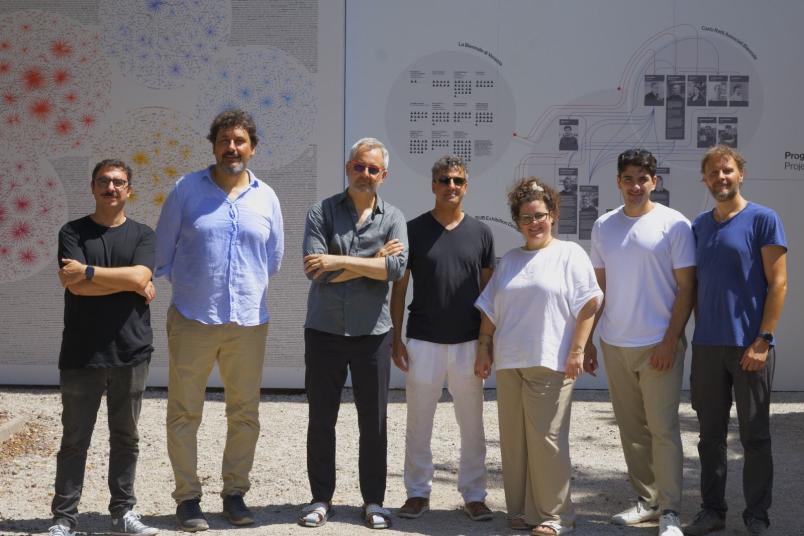
The event, held at the Speakers’ Corner in the Corderie dell’Arsenale, was conceived as an exploration of the “behind the scenes” of the exhibition, addressing fundamental questions such as: How do you build a research methodology capable of analyzing the backstage of the most significant exhibition in the architectural world? And how can such an investigation inform future editions of the Biennale?
These questions were addressed by the speakers: Director Michele Bonino, Edoardo Bruno and Riccardo Covino from the Department of Architecture and Design-DAD, Albert-László Barabási of the Barabási Lab, Marco Buongiorno Nardelli of the University of North Texas, Guido Caldarelli of Ca’ Foscari University of Venice, and Christopher Hawthorne of Yale Architecture.
Following a guided tour of the installation, the event opened with Edoardo Bruno’s presentation, detailing the design process behind the work. The screening of two video excerpts, accompanied by commentary from Marco Nardelli and Riccardo Covino, introduced visual and sound elements drawn from data collected on the historical evolution of the Biennale, highlighting how architectural ethnography shaped the documentary choices. Christopher Hawthorne then explored the genesis of the Speakers’ Corner as an urban and architectural device designed to foster public listening and interaction, emphasizing its critical potential within the Biennale. Guido Caldarelli presented a study based on data from the State Archive of the Veneto Region, showing how computational analysis can offer new perspectives on understanding cultural and institutional dynamics. László Barabási concluded with a cross-disciplinary reflection on the intersection of data science and visual culture, suggesting how complex networks can be powerful tools for reinterpreting historical and social processes linked to the Biennale. In closing, Michele Bonino offered a shared reflection on the future potential of this research, imagining how further exploration of the Biennale’s archive could lead to an extended mapping of fifty years of architectural debate in Venice, interweaving quantitative approaches with critical interpretations.
